Ancient Greek Mythology Tales of the Zodiac: The Story of Cancer
Content

The Myth of Cancer
What if a simple crab could alter the fate of a god? In the myth of Hercules, Cancer is not just a side character, it's a symbol of sacrifice, loyalty, and silent strength.The Crab, also known as Cancer, is the fourth astrological sign in the zodiac, representing individuals born between June 21 and July 22. Those born under this sign are considered intuitive, empathetic, and highly imaginative. Cancer's story is steeped in mythology, and its symbolism is rich in meaning.
According to legend, The Crab was created by the Greek goddess Hera to help The Hydra, a dangerous water serpent, during one of Hercules's Twelve Labours.
The Crab is associated with loyalty, emotional depth, and maternal instincts in astrology. Cancerians are said to have a solid connection to family and home and are known for their nurturing and protective qualities. Those born under this sign are also thought to be highly intuitive and empathetic, with a strong emotional intelligence that allows them to connect deeply with others.
The Sacrifice
During the epic battle at Lake Lerna, the mighty demigod Hercules faced one of his most daunting challenges yet - the Hydra. This monstrous beast had multiple heads, and even if Herc managed to chop one off, two more would sprout in its place, making it an almost impossible adversary to defeat.
To make matters worse, the Queen of the Gods, Hera, who had always harboured resentment towards Hercules, sent a giant crab to distract the hero and give the Hydra an advantage. While Hercules was occupied with the Hydra, the Crab crept up and pinched him on the heel, causing him great pain.
However, Hercules was not one to be easily defeated. Enraged by the Crab's audacity, he lifted his massive foot and crushed the creature, ending its short life. This act only fueled Hercules' determination to overcome the Hydra and emerge victorious from this gruelling battle. - (Apollodorus, Bibliotheca 2.5.2)
Birth of Cancer
Hera, the Queen of the gods, was moved by the bravery and loyalty of a crab that helped a sea monster during a battle. As a tribute to the Crab's sacrifice, Hera placed an image of the Crab among the stars, now known as the constellation of Cancer. - (Hyginus, Astronomica 2.23.1)
Let the Zodiac Guide Your Space
Celebrate the protective, intuitive spirit of Cancer with our exclusive zodiac-inspired prints.
Perfect for home altars, creative spaces, and astrology lovers alike.
Bringing the Myth to Life Through Art
In my endeavour, I aimed to depict the defining moment when the mighty hero Hercules vanquished the tenacious Crab and was immortalised as a permanent fixture in the sky as the Cancer constellation. The setting for this epic event was the marshy terrain surrounding Lake Lerna, where the battle between the two adversaries climaxed. Through my work, I strived to capture the essence of this awe-inspiring feat and convey its significance to those who view it.Lake of Lerna
Lake Lerna's location is in the marshy land of the Peloponnese region of Greece, specifically in the town of Myloi, south of Argos. In ancient times, the area surrounding Lerna was dry and barren, believed to be caused by Poseidon's anger towards Inachus, the River God of Argolis, who had declared that the land belonged to Hera instead of him. This situation persisted until Amymone, Danaus's daughter, was sent to search for water. During her journey, she met Poseidon, who gifted her with spring water to take to Lerna. The water transformed the land into an area of springs and lakes, making it an oasis of beauty and fertility.
Lerna was constructed on a swampy terrain in Argos that was renowned for its springs and lakes. A portion of a structure called the "House of Tiles" remains today as a testament to the region's rich history. Lake Lerna is associated with various ancient Greek myths, the most well-known of which is Hercules' second labour of slaying the Lernaean Hydra.
In addition to being a site of mythological importance, the lake is also considered an entrance to the underworld, where Hades, the God of the Underworld, abducts Persephone and initiates the seasons. The lake's association with the underworld adds to its mystique and allure, making it a must-visit destination for those interested in ancient Greek history and mythology.
Crois The Crab
There are two versions of the story of The Crab. The first version features The Crab as the main character whom The Goddess Hera created to divert Hero Hercules. The Crab was sent to distract Hercules during his fight with the Hydra, a nine-headed serpent. Hercules killed the Hydra but also destroyed The Crab in the process. The Goddess Hera was so impressed by The Crab's bravery that she immortalised him by placing his image as the constellation Cancer in the stars.
The second version of the story of The Crab, however, is quite different. In this version, The Crab is known as Crios. Poseidon appointed Crios to safeguard the sea nymphs from the destructive rampage of Typhon, the God of Monsters. As Typhon attacked Olympus, a group of sea nymphs under Crios' protection grew restless and fled. Crios, extremely loyal to his duty, sought to bring them back and asked for help from Vamari, the giant squid.
Vamari agreed to help Crios and set out to locate and return the missing sea nymphs. However, Vamari had other plans in mind. He consumed the runaway nymphs and returned to Crios, reporting that he could not locate them. But Crios was sceptical of Vamari's story and immediately engaged him in a fight to the death. After a prolonged battle, Crios emerged victorious but suffered severe injuries that left him in constant agony for the rest of his immortal life.
Despite his injuries, Crios' bravery did not go unnoticed. The God Poseidon recognised his efforts and rewarded him by relieving his pain and immortalising him as a star in the Cancer. The star is considered a symbol of Crios' bravery and loyalty.
Hercules - The Second Labour
Hercules considered one of the strongest and mightiest heroes, was tasked by King Eurystheus to complete his Second Labour, which was to slay the Lernaean Hydra. The Hydra was a fearsome, multi-headed serpent-like water monster which had been causing devastation to the villagers and livestock in the city of Lerna.Upon arriving in Lerna, Hercules, accompanied by his nephew Iolaus, located The Hydra near the Spring of Amymone and launched a fiery barrage of arrows to provoke it into attacking. However, The Hydra proved to be a formidable opponent, as it possessed an extraordinary ability to regrow its heads, with two new heads appearing for every cut-off head.
Hercules gained the advantage with Iolaus' assistance and the defeat of the Crab, which was also one of The Hydra's allies. To prevent the heads from regrowing, Iolaus seared the roots, leaving only the immortal head. Hercules quickly dispatched it using The Sword of Gold, given to him by the Greek god of war, Ares.
The hissing head was buried by Hercules beside the road from Lerna to Elaeus, with a sizeable boulder placed atop it to ensure that it would never cause any more harm to anyone.
After defeating The Hydra, Hercules cut its body into pieces and coated his arrows with The Hydra's poisonous bile, which he believed would give him an advantage in his future encounters with other powerful enemies.
However, King Eurystheus, who had assigned Hercules the task of completing the 12 labours, was unimpressed that Hercules's nephew had helped him. He asserted that the conquering of The Hydra did not count towards the 12 labours set out for him, leaving Hercules to continue with his challenging journey. - (Apollodorus, Bibliotheca)
Nemean Lion Head
After completing his first labour, Hercules obtained the invulnerable skin of the Nemean Lion, which he used to protect himself from deadly weapons. Although there is some uncertainty about whether he wore the Nemean Lion Skin during his second labour, it is commonly believed that he did. In many depictions, Hercules can be seen wearing the lion's skin, with the lion's scalp functioning as a hood on his head. This use of the lion's skin became one of the most iconic symbols of Hercules' strength and bravery, often depicted in art and literature throughout the ages.
Let the Zodiac Guide Your Space
Celebrate the protective, intuitive spirit of Cancer with our exclusive zodiac-inspired prints.
Perfect for home altars, creative spaces, and astrology lovers alike.
The Sword of Gold
The legend of Hercules and the Hydra is one of the most famous stories in Greek mythology. It is believed that the Hydra was a giant, multi-headed serpent living in a swamp near Lerna. According to the myth, the Hydra was invincible because whenever one of its heads was cut off, two more would grow back in its place.But Hercules was determined to defeat this formidable creature. There are several versions of how he achieved this, but one familiar story is that he used a sword by the god Hermes. According to the ancient Greek writer Apollodorus, Bibliotheca 2.4.11 , Hermes gave Hercules a golden sword to help him in his quest. However, it is still being determined if he used it for the final blow.
Other sources, such as Hesiod's Theogony, claim that the goddess Athena gave Hercules a bronze sword. This version of the story suggests that Hercules used the sword to chop off the Hydra's immortal head, which was the only way to kill it.
Despite these accounts, there are tales of Hercules defeating the Hydra with his bare hands. Some versions of the story suggest that he strangled the serpent to death, while others say that he used his immense strength to rip off its heads one by one.
No matter which version of the story you prefer, it's clear that Hercules was a hero of immense courage and strength. And while we may never know exactly how he defeated the Hydra, we can still imagine him wielding the sword given to him by Hermes, which is said to be the same sword that Hermes used to defeat the Gigante Hippolytus during the War of the Giants.
The Lernaean Hydra - The Gatekeeper
"And many other monstrous shapes of varied creatures, are stabled by the doors, Centaurs and bi-formed Scylla, and hundred-armed Briareus, and the Lernean Hydra, hissing fiercely, and the Chimaera armed with flame, Gorgons, and Harpies, and the triple bodied shade, Geryon."- Virgil, Aeneid 6.264
In Greek mythology, Typhon and Echidna were monsters who had a child that was raised by the goddess Hera. This creature was famously known as the Hydra, a massive serpent with nine heads. Eight of the nine heads were mortal, while one was immortal, making it almost invincible.
The Hydra was known to have anywhere between fifty to one hundred heads, depending on the account. According to Simonides' Fragment 569, the Hydra had one hundred heads. However, other accounts suggest that the number was much lower.
The Hydra's most notorious feature was its ability to regenerate. Whenever one of its heads was chopped off, two more would grow back in its place. This made it an almost impossible task to defeat the creature.
The Lernaean Hydra was a famous guardian of the entrance to the Underworld in Lake Lerna. It was known to terrorise the people and livestock in the surrounding areas. It wasn't until the hero Hercules came along that the Hydra was finally defeated.
Constellation Cancer and The Donkeys
The constellation Cancer, one of the twelve zodiac signs, is said to have been placed in the heavens by the Greek Goddess Hera. According to legend, the Crab that makes up the constellation had aided the Lernaean Hydra, and Hera, impressed by this act of bravery, granted the Crab a place among the stars. - Hyginus, Astronomica 2.23.1
Interestingly, the Crab is not alone in the heavens. There are also some donkeys, commonly known as the Asses, in the vicinity of its shell. These donkeys were put there by the Greek God Dionysus.
As the legend goes, Hera drove Dionysus into madness and wandered around Thesprotia, searching for an Oracle of Dodona to help him regain his sanity. He came across a large lake and, unable to find a way around it, spotted two donkeys he thought could help him cross it. After chasing and capturing one, he rode the donkey across the lake, keeping himself dry. Dionysus then recovered from his madness at the temple and thanked the donkeys for help by placing them in the stars alongside the Crab. - Hyginus, Astronomica 2.23.2
There are various versions of the story of the donkeys, one of which involves Dionysus giving a donkey the gift of speech. The donkey then challenged Priapus, the Greek god of male genitalia, to a contest, which he lost. Dionysus took pity on the donkey and placed it among the stars. - Hyginus, Astronomica 2.23.3
According to another version of the story, during the war of the giants, Zeus summoned the Greek gods to attack the giants. When they arrived, they rode in on the backs of the donkeys, causing panic among the giants. The donkeys made a loud and terrifying noise that scared the giants away, thus ending the war. - Hyginus, Astronomica 2.23.4
The Glyph
While working with the Glyph, I needed some help figuring out how to use it effectively. Initially, I attempted to create a design resembling the Crab's claws, but it didn't fit well, so I decided to incorporate it as a dead tree instead. However, I am still interested in incorporating claws into my design and plan to revisit the idea and redesign them in the future.
The Glyph has a unique shape resembling a sideways "69" and signifies the Crab's claws or a woman's breasts, representing womanhood and motherhood. It conveys the zodiac signs' nurturing, feminine, and caring characteristics and evokes feelings of home, family, and children. As I explored the Glyph's meaning more deeply, I couldn't help but wonder if it was connected to Hera, the ancient Greek goddess of marriage and childbirth. After all, Hera brought the Crab to life, took care of it, and even made it one of the twelve signs, suggesting that she must have had some fondness for it.
What Does Cancer the Crab Stir in You?
This piece is more than myth, it's a mirror of the quiet strength, sacrifice, and deep emotion symbolised by Cancer. As Hercules faces his trials, we’re reminded of our own moments of courage and vulnerability.What part of the story speaks to your journey?
We’d love to hear your thoughts, interpretations, or personal connections in the comments.

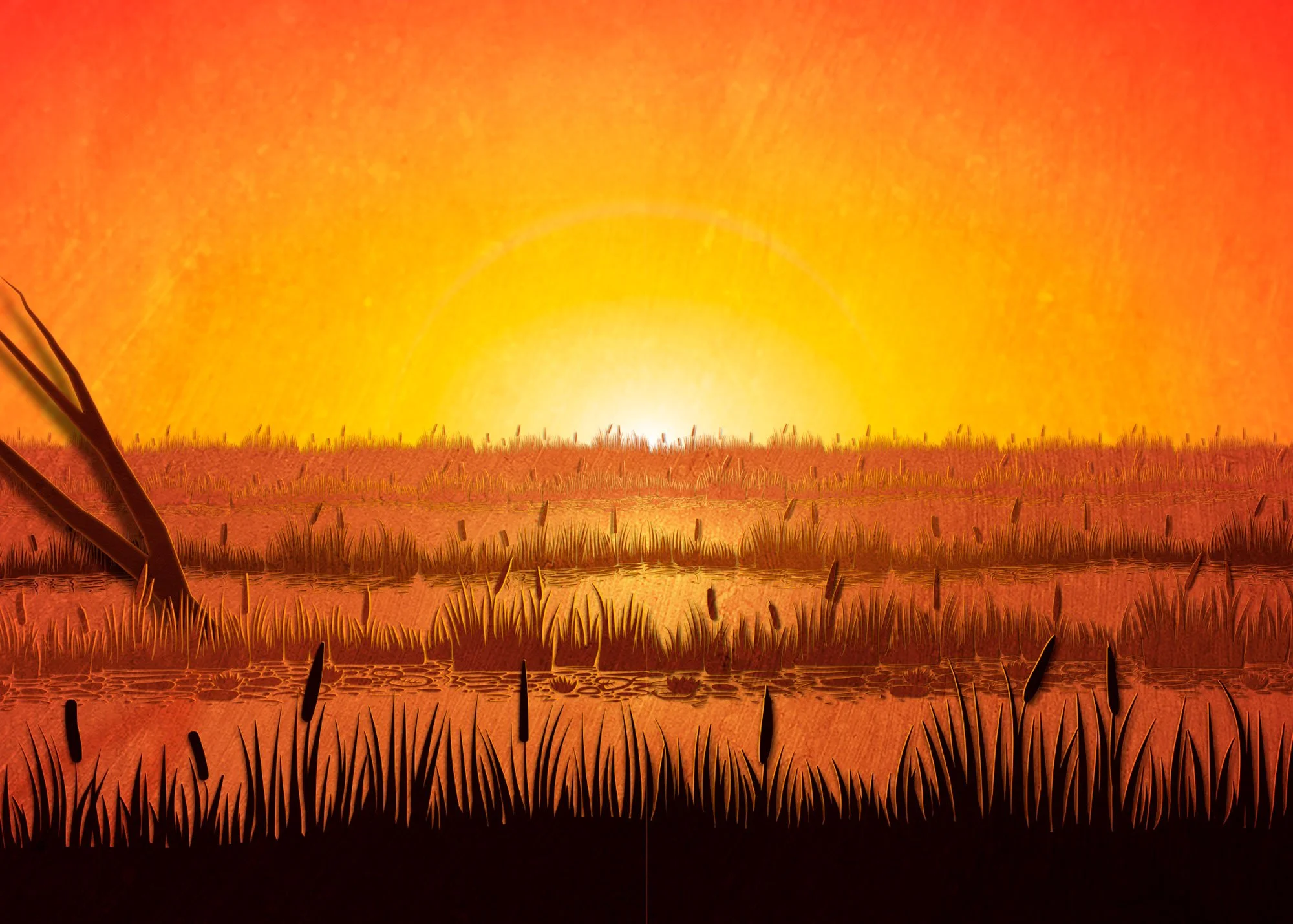 Marshy Land of Lake Lerna
Marshy Land of Lake Lerna
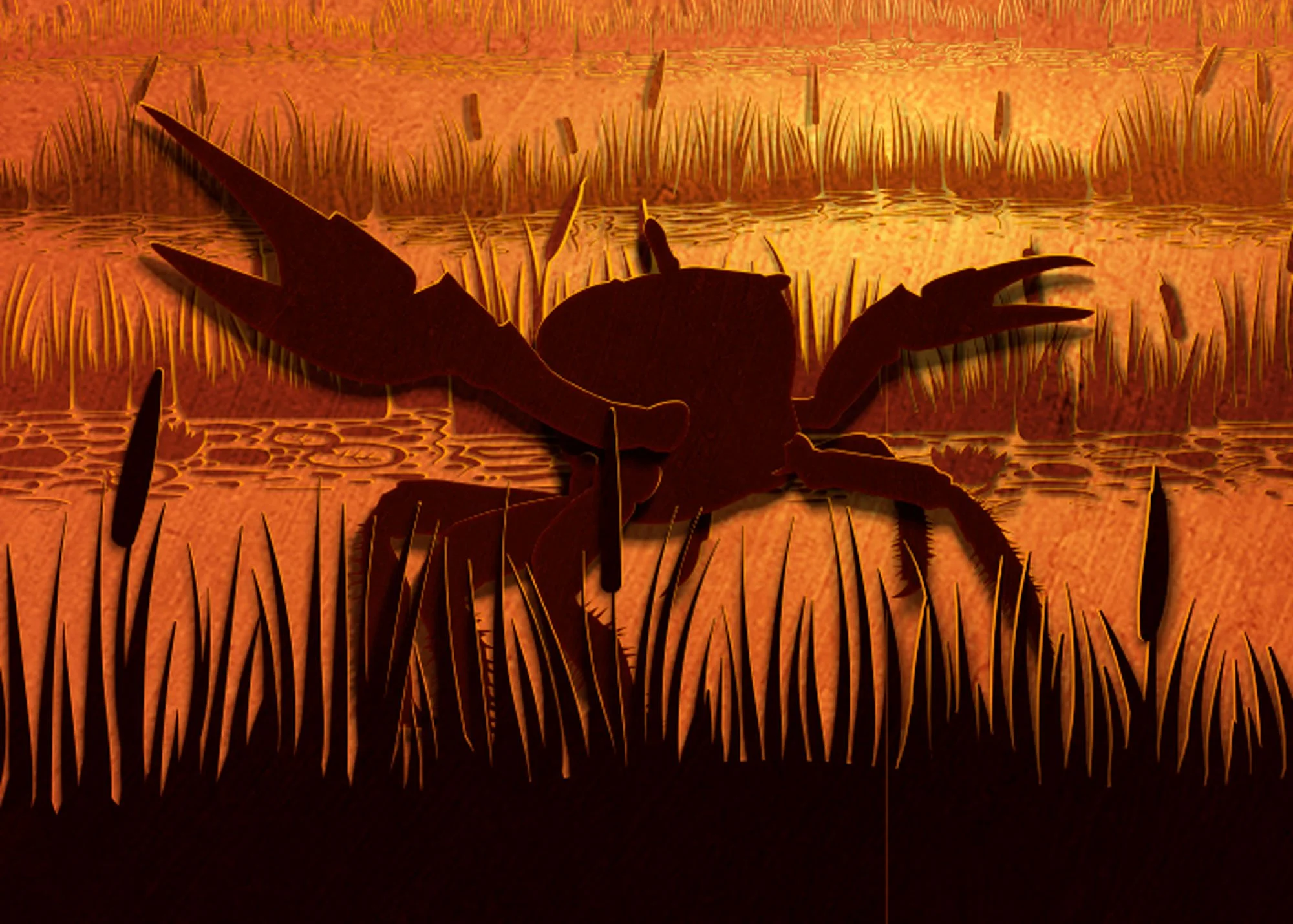 Cancer the Crab
Cancer the Crab
 Cancer the Crab
Cancer the Crab
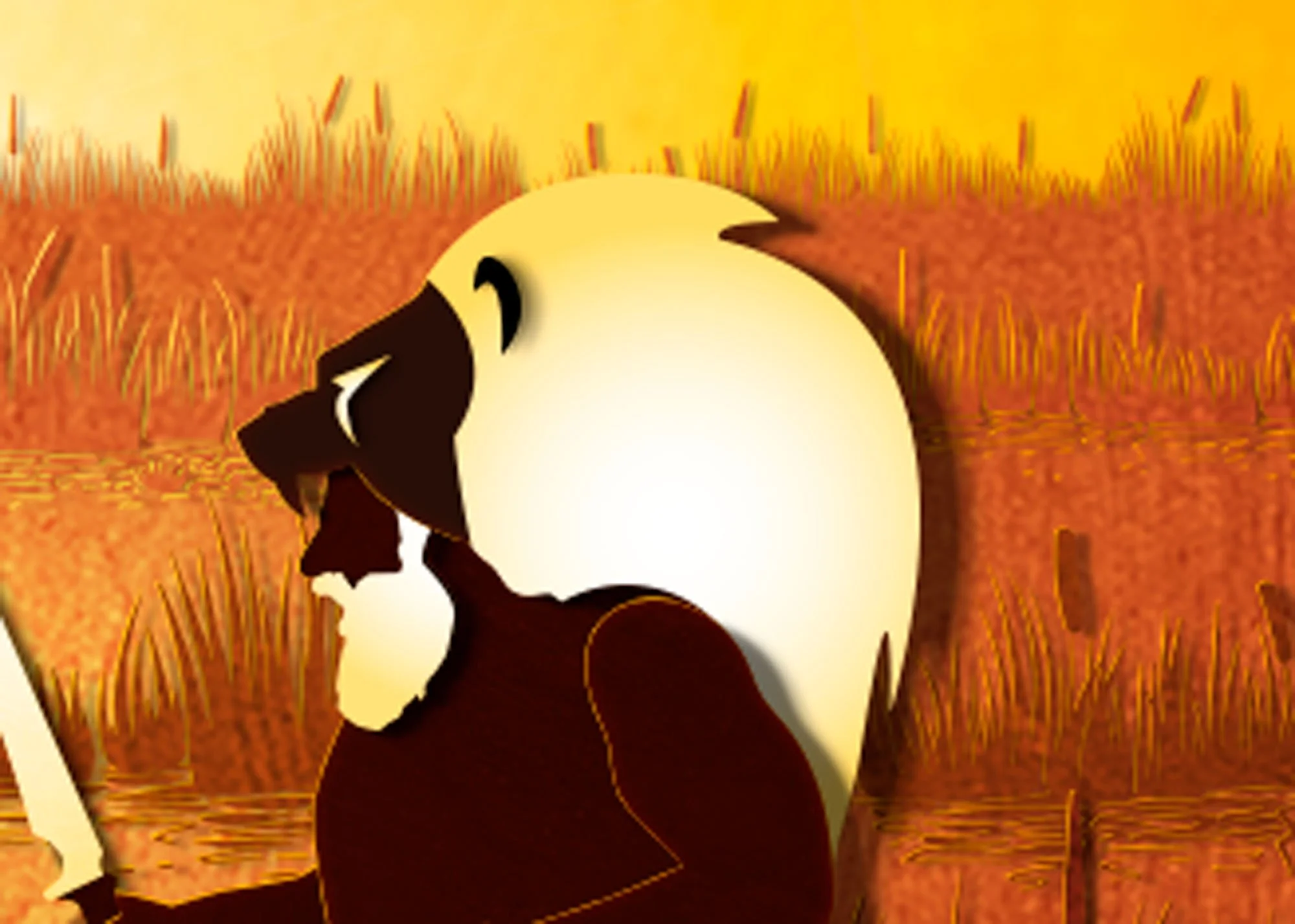 Nemean Lion Head
Nemean Lion Head
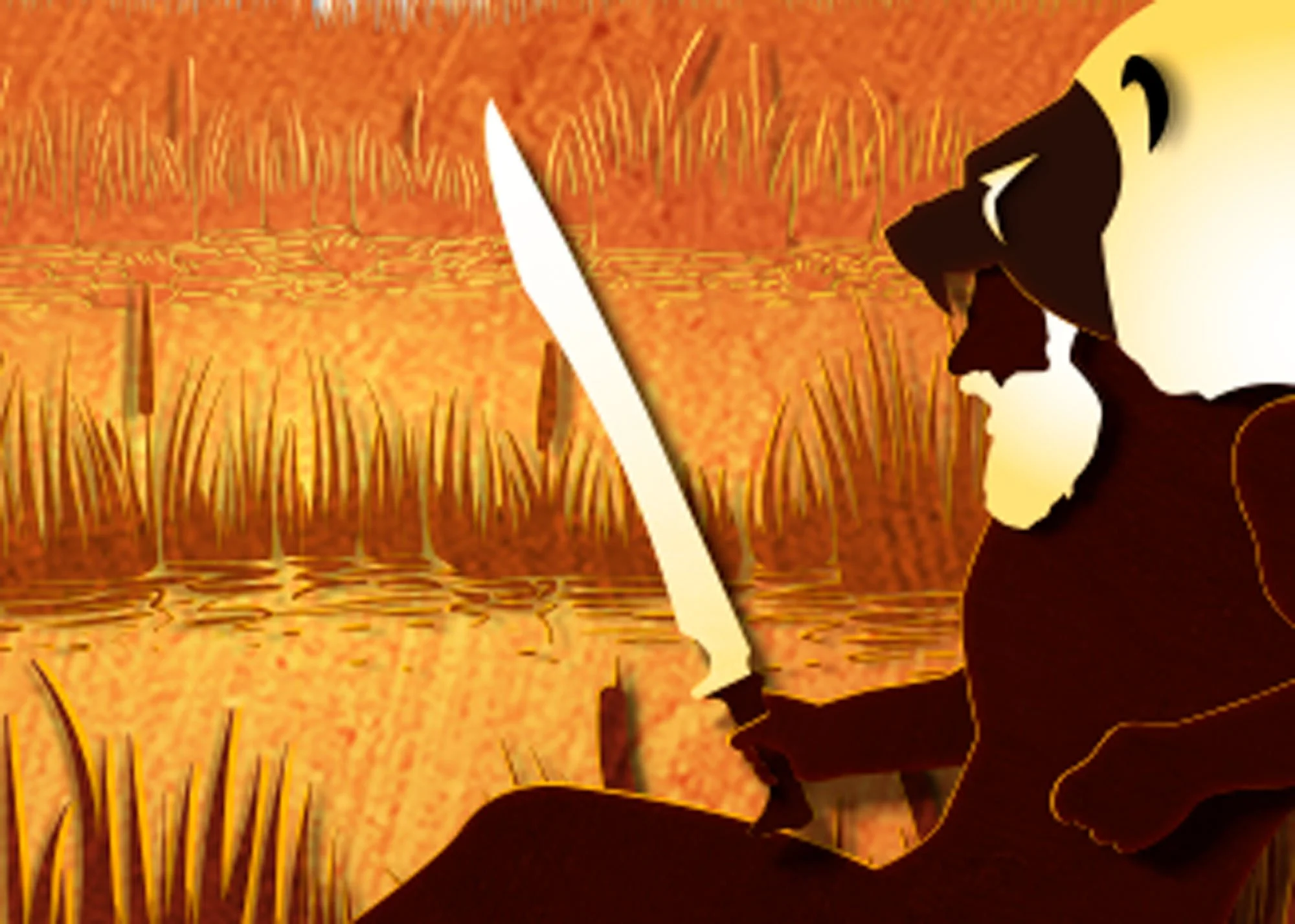 The Golden Sword of Hermes
The Golden Sword of Hermes
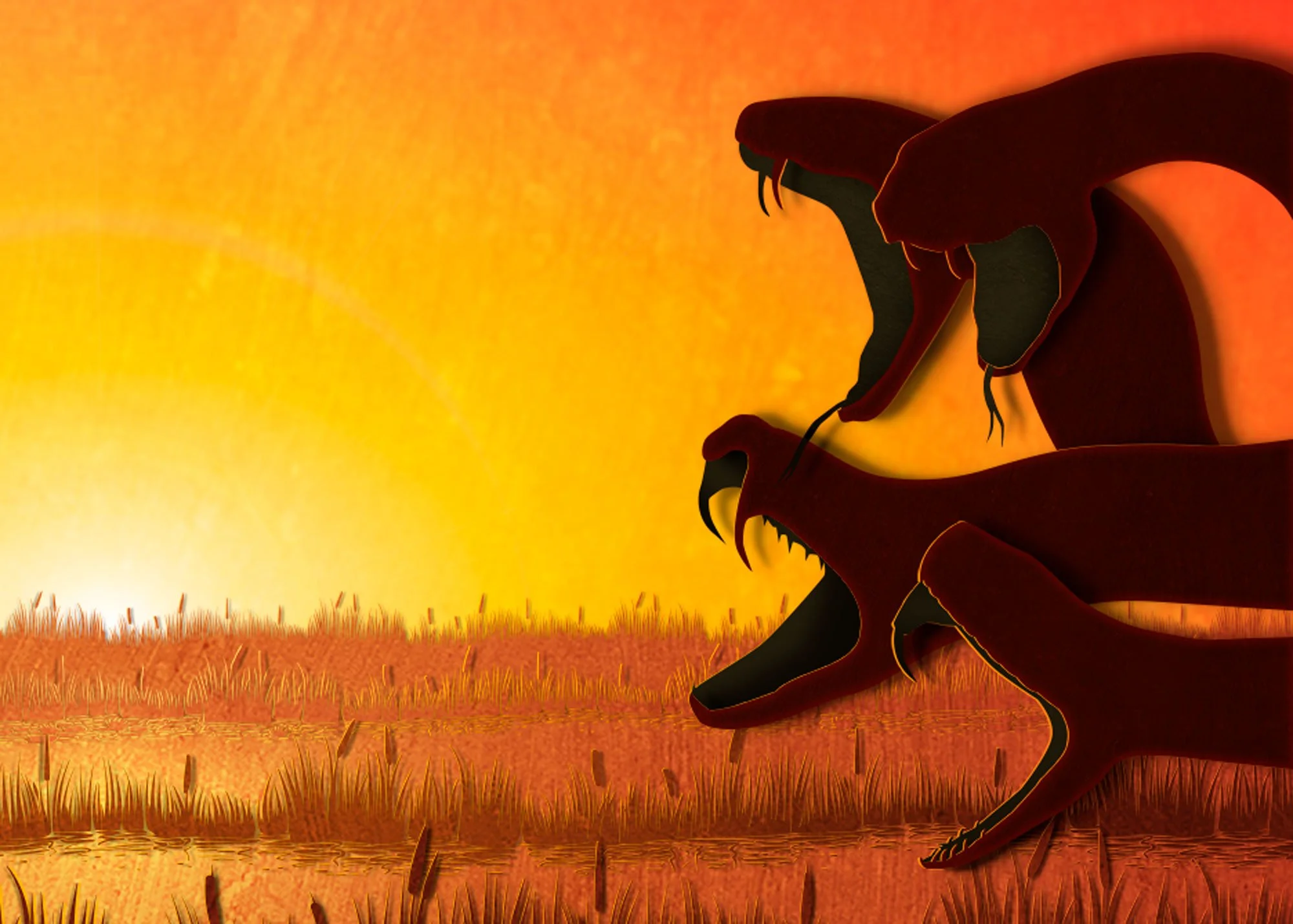 The Lernaean Hydra
The Lernaean Hydra
 Constellation Cancer
Constellation Cancer
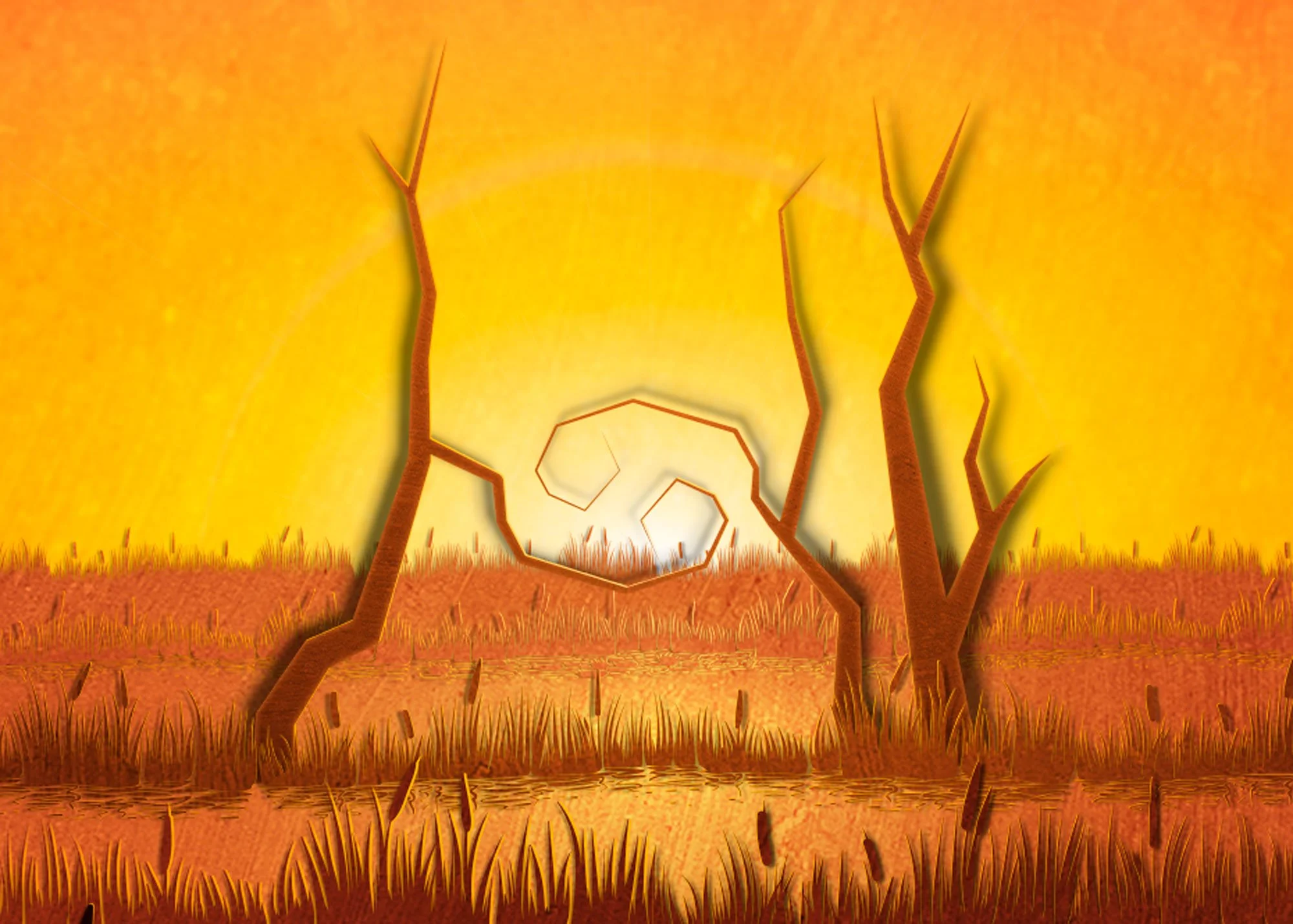 The Zodiac Symbol for Cancer
The Zodiac Symbol for Cancer